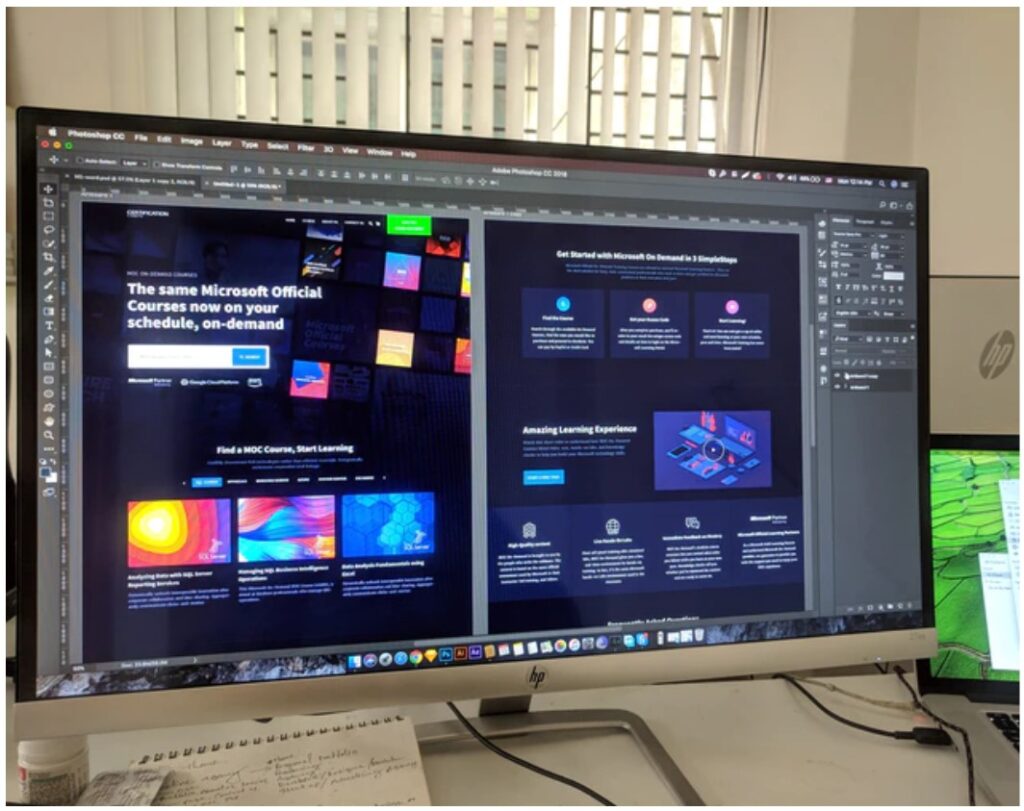Different opinions or experiences involve whether the Professional photographer prefers to process their works through Lightroom or Photoshop. There is no argument that both procedures are important. They’re both supposed to work well on each other, or I should say they complement in one way or the other. Lightroom will require Photoshop to optimize its ability. Photoshop will depend on Lightroom or some other form of RAW developer software and catalog computer application to make the most of it. Below are some brief explanations on how to develop photographs regardless of the procedure.
Photographers Using LightRoom
Lightroom is more than just a photo editing application. And it’s also a versatile photo management device. These two important digital imaging elements, plus the non-harmful aspect of Lightroom editing (more on that in a moment), make Lightroom, the most common option for photographers. Not any single process is close to the quality provided by the lightroom. Very effective as an editing tool and was based primarily on workflow. Photoshop will only view one picture at a time, Lightroom provides photo databases, making it much simpler to navigate through images in a package. Lightroom also spontaneously saves a lot of illustrative data from your camera, assisting to ease the volume image editing process. Although both techniques have broad applications for photographers, recognizing each one’s advantages and disadvantages helps those reluctant to engage in Adobe’s artistic suite. Lightroom advantages include more quick to learn, a clean interface, and wide editing capabilities.
Photographers Using Photoshop
Photoshop is the same as editing images. Initially developed by Adobe for basic digital photo editing, the program’s versatility has been significantly extended. Photoshops are used by graphic designers, engineers, advertisers, and photographers. Additionally, photoshop is a pixel-level editor, which means you can get a close-up and intimate picture with any little point of color that makes up your digital image. Photoshop is not about wrapping the toilet mirror selfies for professional photographers—it’s about making stunning photographs with toned down (and often not-so-subtle) modifications after the reality. Having it right in-camera is a fantasy, sure—but Photoshop has helped well-known photographers to extend their capability and broaden the boundaries of photography. While it is claimed as the dominating tool for editing, most photographers need to get to grips with Photoshop quickly. Its features go well beyond the limits of Lightroom in terms of editing. The benefits of Photoshop include the following, editing perfection, deleting unnecessary objects, an assortment of services provided, among others.

Difference Between Lightroom and Photoshop
It is common knowledge without mentioning that both Lightroom and Photoshop are software for editing photographs. Lightroom vs Photoshop – which one to choose? But they’re far from being the same use or purpose. Each of them provides a particular function. Lightroom is a smaller and quicker method that many find easier to hold on to. On the other hand, Photoshop is a heavy-duty photo editing that millions of talented photographers rely on every day. Lightroom is a simplified editing method than Photoshop, making it more casual for neophytes to explore right into. In any case, each tool has a wide variety of advanced services, shortcuts, and acts that can require preparation. Although you can erase stains in the skin, stray hair, whiten teeth, and remove tiny items in the Lightroom, the features are not as cool as using the content-conscious magic of Photoshop’s soothing brush and patch software.
So if you ask which one of the two is better to use or which is usually used by the professional, then there is no correct selection. The best news is that you can actually use both Lightroom and Photoshop relatively, since they combine very well, particularly in some specific applications and services for photography. If you begin with photography, Lightroom is the place to start. You can add Photoshop to the picture editing program later on. Even though each method is used for editing images, they go with each other well. Where Lightroom concentrates on workflow, Photoshop enables editors to create very nice edits to each file. Using the two techniques together ensures that photographers can enjoy the advantages of both without having to venture into other deals.




0 Comments